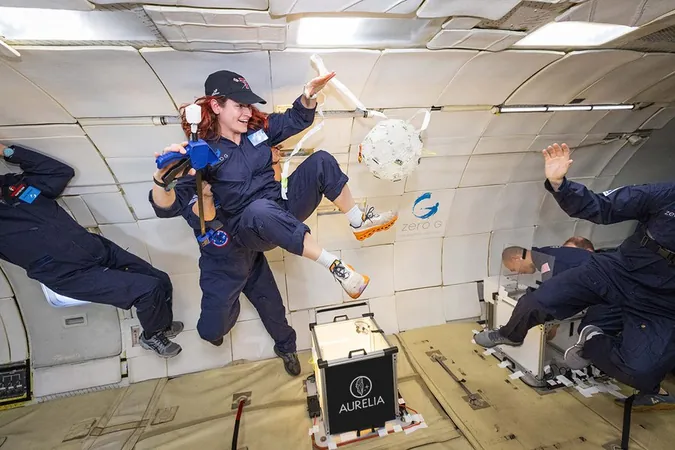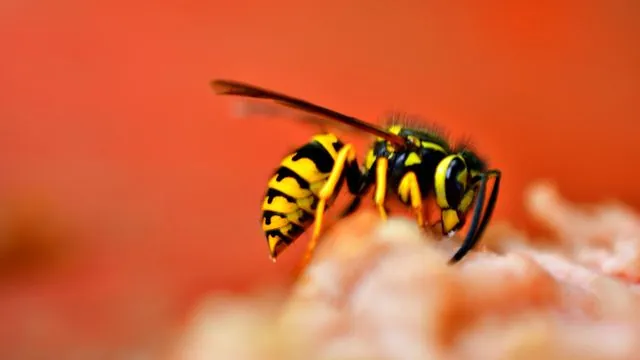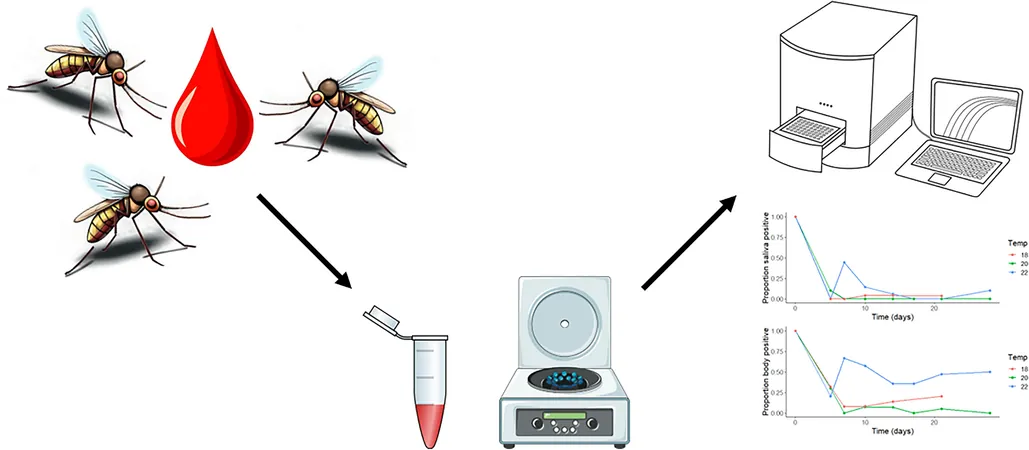
Aurelia Institute: Pioneering Space Education and Innovation Beyond Academia
2025-07-11
Author: Jia
Transforming Space Exploration from MIT to the Cosmos
Founded by visionaries Ariel Ekblaw, Danielle DeLatte, and former MIT scientist Sana Sharma, the Aurelia Institute is revolutionizing space education and research, extending its reach far beyond traditional academic settings.
Hands-On Experience in Microgravity Missions
Each year, Aurelia orchestrates thrilling microgravity flights, offering around 25 participants the unique opportunity to experience the reality of space conditions firsthand. This initiative is not just about scientific exploration; it serves as a vital training ground for budding professionals in the space industry. Almost 200 individuals, including artists and educators, have taken flight with Aurelia or its MIT predecessor, with an impressive 70% continuing their careers in space-related fields.
"We connect diverse cohorts across multiple years, fostering collaboration among people from various disciplines," Ekblaw explains, highlighting the rich mosaic of backgrounds—from designers to ethicists—who have participated.
Innovating with TESSERAE Technology in Space
At the heart of Aurelia’s research lies TESSERAE (Tessellated Electromagnetic Space Structures for the Exploration of Reconfigurable, Adaptive Environments), a groundbreaking self-assembling architecture system. Born during Ekblaw's graduate research, TESSERAE has been tested in microgravity flights, Blue Origin’s suborbital launches, and even on the International Space Station (ISS). Its debut on a private ISS mission in 2022 marked a significant milestone, where astronauts assessed its autonomous capabilities.
A follow-up test is on the horizon for early 2026, thanks to a NASA grant, and Aurelia has even spun off TESSERAE into a separate company, paving the way for more innovative ventures.
Creating Sustainable Habitats for Space and Earth
Aurelia's ambitions extend to designing habitats that ensure a life worth living, both in space and on Earth. Projects like a space garden and a stunning geodesic dome aim to illustrate future orbital living environments.
Ekblaw voiced a crucial question, saying, "How do we design these systems to ensure the habitats contribute positively to life?" Recently, a pavilion envisioning future space habitats was showcased at the Seattle Museum of Flight, further igniting public interest in space architecture.
Groundbreaking Technologies for Earth and Beyond
The Aurelia team emphasizes that innovations crafted for the harsh realities of space often translate into robust technologies benefiting life on Earth. "When you engineer for the challenges of space, you frequently uncover solutions that also enhance our planet," Ekblaw asserts.
With its ambitious projects and commitment to accessibility in space-related fields, Aurelia Institute is not just looking to the stars; it’s integrating space-oriented research with Earth-bound applications, setting a new standard for inclusivity in the realm of cosmic exploration.



 Brasil (PT)
Brasil (PT)
 Canada (EN)
Canada (EN)
 Chile (ES)
Chile (ES)
 Česko (CS)
Česko (CS)
 대한민국 (KO)
대한민국 (KO)
 España (ES)
España (ES)
 France (FR)
France (FR)
 Hong Kong (EN)
Hong Kong (EN)
 Italia (IT)
Italia (IT)
 日本 (JA)
日本 (JA)
 Magyarország (HU)
Magyarország (HU)
 Norge (NO)
Norge (NO)
 Polska (PL)
Polska (PL)
 Schweiz (DE)
Schweiz (DE)
 Singapore (EN)
Singapore (EN)
 Sverige (SV)
Sverige (SV)
 Suomi (FI)
Suomi (FI)
 Türkiye (TR)
Türkiye (TR)
 الإمارات العربية المتحدة (AR)
الإمارات العربية المتحدة (AR)